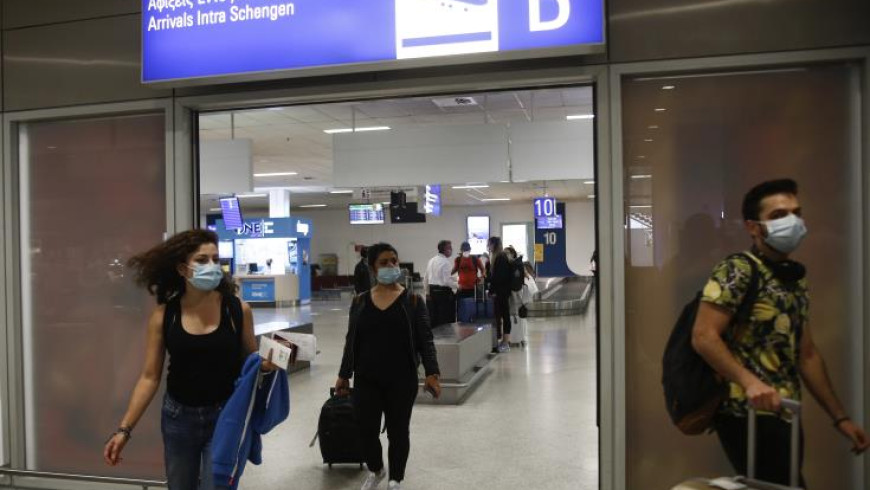
Hoteliers’ Association PASYXE questioned on Monday CYSTAT’s figures on tourist arrivals for August 2003 (+7%), reiterating that the condition in tourist industry has deteriorated compared to 2001.
CYSTAT’s figures released each month refer to the total tourist arrivals on the island and not the hotel occupancy ratio. The methodology of the Statistic’s Service is the same ten years now and nobody would expect that PASYXE would question CYSTAT figures that late.
On the other hand, PASYXE is right. The slump in tourist industry is larger than the numbers in tourist arrivals and this is attributable to three main reasons:
First, the drop in tourist income is four percentage points larger than the decline in tourist arrivals. For January-July 2003, tourist income and arrivals stood 13.9% and 10% lower compared to the corresponding period of 2002.
Second, there is an increased offer of tourist beds. According to CYSTAT figures, the number of tourist beds increased by 10.7% within the past two years, from 85,303 in December 2000 to 94,446 in December 2002.
Third, most tourist stay in friendly or self-owned houses. Although in 2001 89.3% of the tourists stayed in hotels, in 2002 this has dropped to 86.9%. The percentage of tourists hosted by relatives and friends increased from 7.6% to 9.2%, while the percentage of those who spent their holidays in their self-owned houses increased from 2.3% to 3.2%.
Hotel owners are, therefore, right when they urge the state to deal with the problems of the hotel industry. The problem, however, are not CYSTAT’s figures but the lack of coordination. The fact that many ignore the statistical figures released by the Statistic’s Service does not make it responsible for that. On the contrary, it shows the insufficient efforts on behalf of the state to deal with the problems of the Cyprus tourist industry.
CYSTAT’s figures released each month refer to the total tourist arrivals on the island and not the hotel occupancy ratio. The methodology of the Statistic’s Service is the same ten years now and nobody would expect that PASYXE would question CYSTAT figures that late.
On the other hand, PASYXE is right. The slump in tourist industry is larger than the numbers in tourist arrivals and this is attributable to three main reasons:
First, the drop in tourist income is four percentage points larger than the decline in tourist arrivals. For January-July 2003, tourist income and arrivals stood 13.9% and 10% lower compared to the corresponding period of 2002.
Second, there is an increased offer of tourist beds. According to CYSTAT figures, the number of tourist beds increased by 10.7% within the past two years, from 85,303 in December 2000 to 94,446 in December 2002.
Third, most tourist stay in friendly or self-owned houses. Although in 2001 89.3% of the tourists stayed in hotels, in 2002 this has dropped to 86.9%. The percentage of tourists hosted by relatives and friends increased from 7.6% to 9.2%, while the percentage of those who spent their holidays in their self-owned houses increased from 2.3% to 3.2%.
Hotel owners are, therefore, right when they urge the state to deal with the problems of the hotel industry. The problem, however, are not CYSTAT’s figures but the lack of coordination. The fact that many ignore the statistical figures released by the Statistic’s Service does not make it responsible for that. On the contrary, it shows the insufficient efforts on behalf of the state to deal with the problems of the Cyprus tourist industry.













 3287.99
3287.99 1275.09
1275.09
